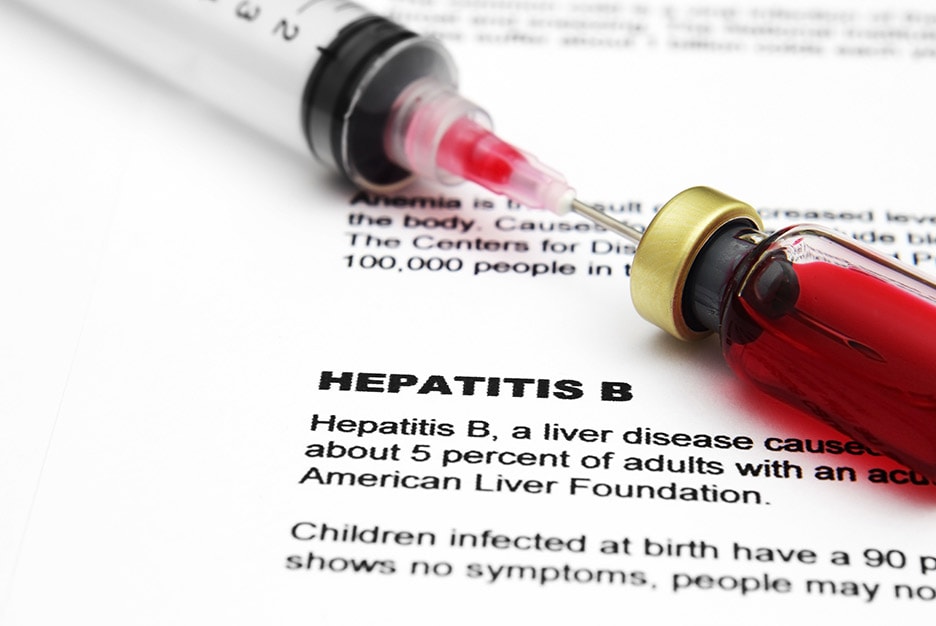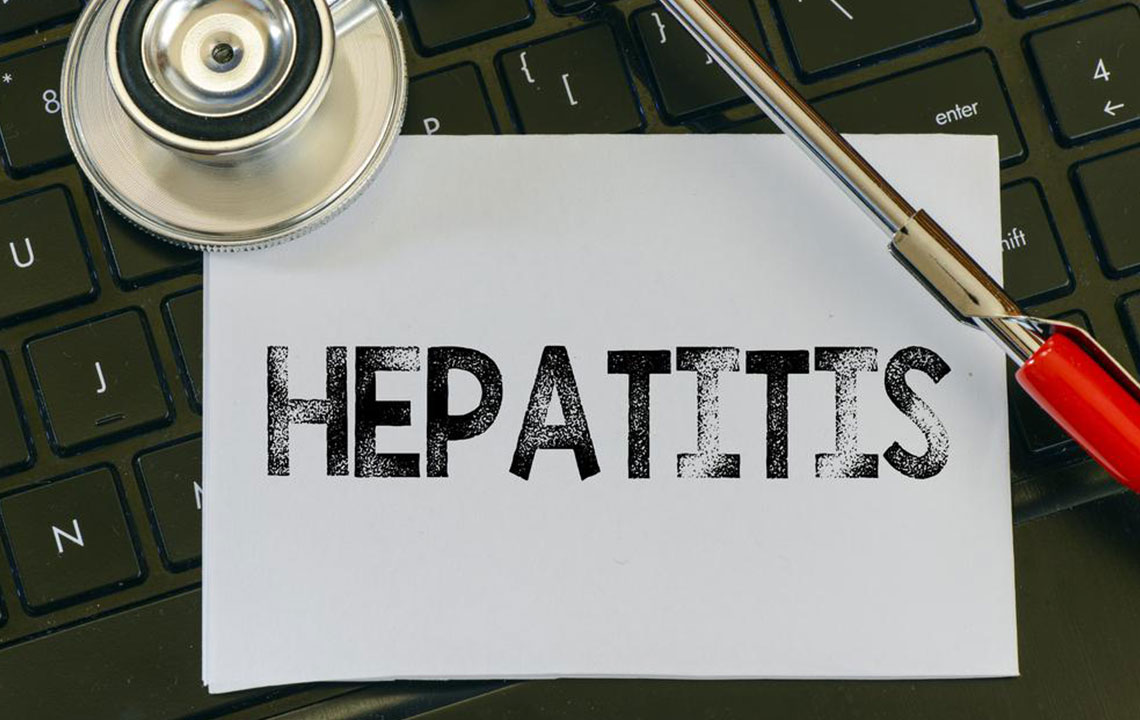Recognizing Hepatitis B: Symptoms and Important Facts
Hepatitis B often shows no symptoms but can lead to serious liver complications if untreated. Recognizing early signs like jaundice, fatigue, and abdominal pain is essential for timely medical intervention. This article covers symptoms, transmission, and why early diagnosis is crucial to prevent severe liver damage or cancer. Whether asymptomatic or not, knowing the signs helps protect your health and that of others by encouraging prompt testing and treatment to avoid lifelong health issues.
Recognizing Hepatitis B: Symptoms and Important Facts
Often called a "silent infection," hepatitis B can go unnoticed due to minimal or no symptoms. Stay informed about potential signs of this virus.
Despite being infected, over 69% of individuals show no symptoms of hepatitis B. Around 30% may experience symptoms but often mistake them for the flu. Only about 1% develop severe fulminant hepatitis, risking liver failure and emergency medical intervention.

Hepatitis B is dubbed a "silent infection" because many infected individuals show no obvious symptoms initially, which can lead to unknowingly transmitting the virus. It spreads through contact with contaminated blood. The disease has two main phases: acute and chronic hepatitis B. Acute stage appears within 1 to 4 months after exposure and resolves in a few weeks or months. Chronic hepatitis B persists longer than six months, often without symptoms, especially in children who are more vulnerable to developing it. Recognizing symptoms early is crucial because untreated hepatitis B can cause serious liver damage, cirrhosis, or liver cancer. Immediate medical attention is vital if severe symptoms like jaundice, abdominal swelling, or switching liver functions appear. Understanding hepatitis B signs helps in early diagnosis and prevention of complications.
Why Knowledge of Hepatitis B Symptoms Matters
As one of the most common severe liver infections worldwide, hepatitis B significantly impacts adults aged 20-50 years in the U.S. The liver performs vital functions such as toxin filtering, energy storage, digestion assistance, immune support, and blood regulation. While it can heal itself, ongoing hepatitis B infection can damage it permanently, leading to cirrhosis or liver cancer. Approximately 15-25% of HBV-infected individuals die from related liver diseases, emphasizing the importance of early detection. Recognizing symptoms early can facilitate timely treatment, preventing liver failure and life-threatening conditions.
Common Signs of Hepatitis B
Many with the virus show no symptoms, but typical signs resemble the flu:
A loss of appetite
Persistent fatigue
Nausea or vomiting
Discomfort or pain in the liver region
Itchy sensation on the skin
Dark urine resembling cola or tea
Pale or clay-colored stools
Yellowing of skin and eyes (jaundice)
Other hepatitis types, like A and C, may produce similar symptoms.
Severe symptoms such as confusion, severe fatigue, abdominal swelling, or jaundice could indicate fulminant hepatitis B, requiring urgent care to prevent life-threatening complications.
If you suspect infection, seek medical testing—even without obvious symptoms—to ensure early diagnosis and treatment.
Note:
Our articles aim to provide helpful information across various health topics. While our research is thorough, this content should not replace professional medical advice. Always consult healthcare professionals for diagnosis and treatment. The site may not cover all available schemes or offers.









